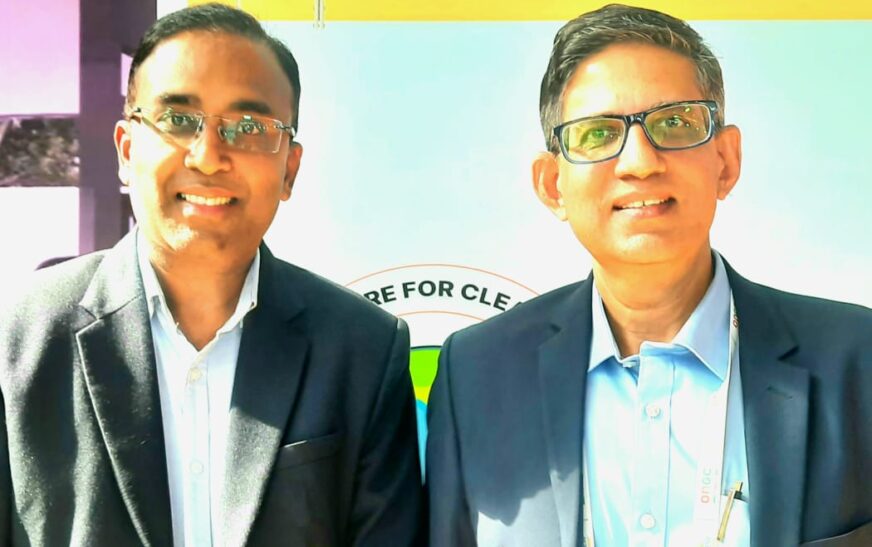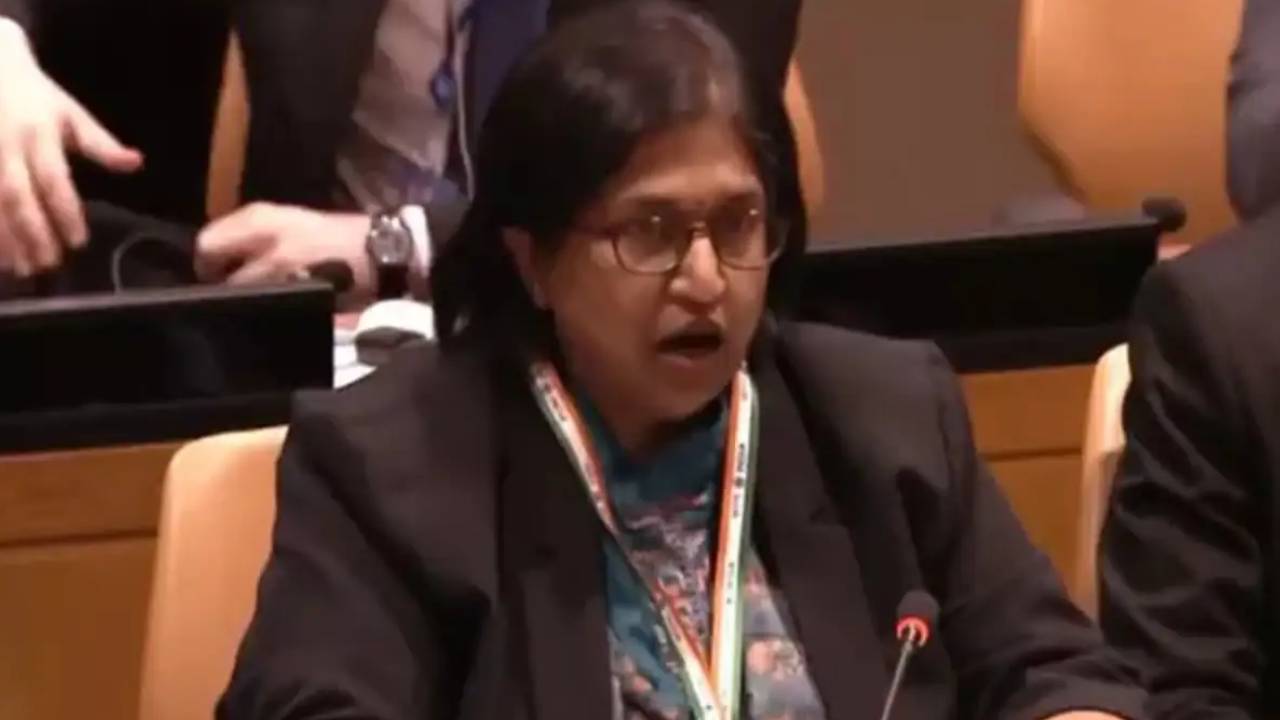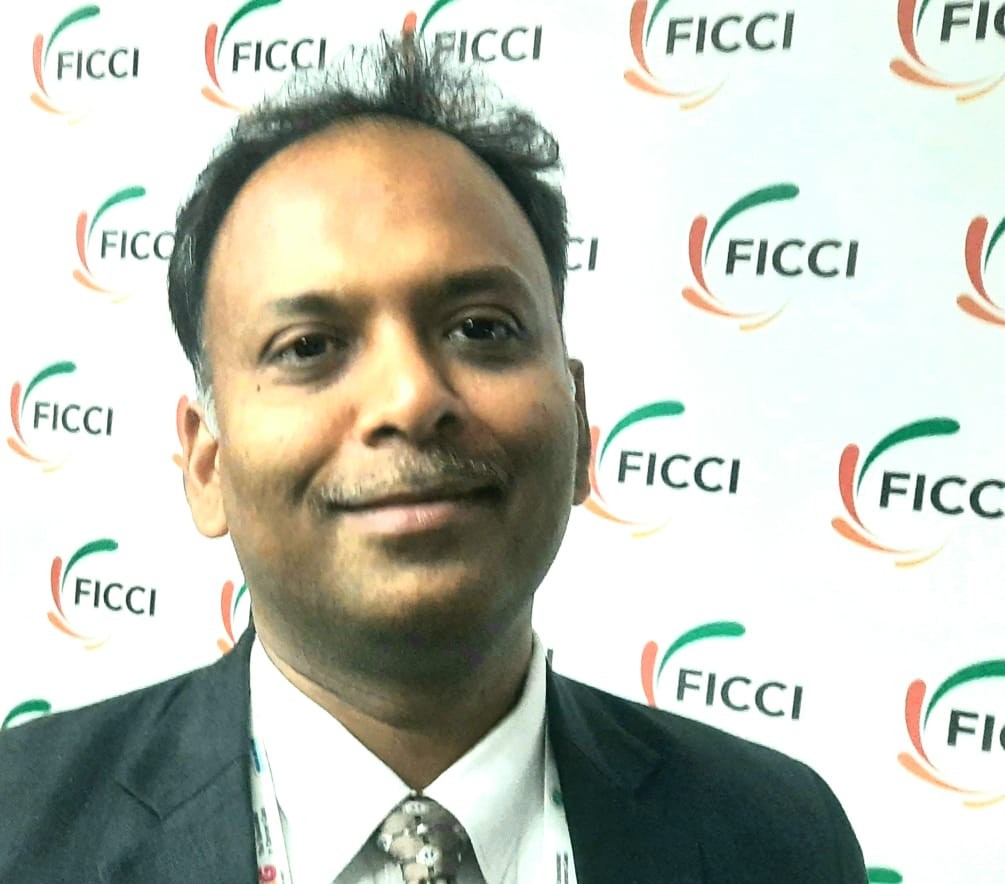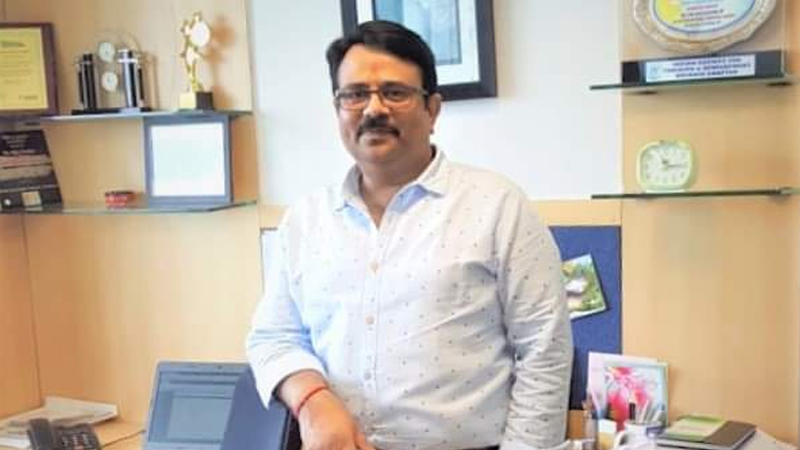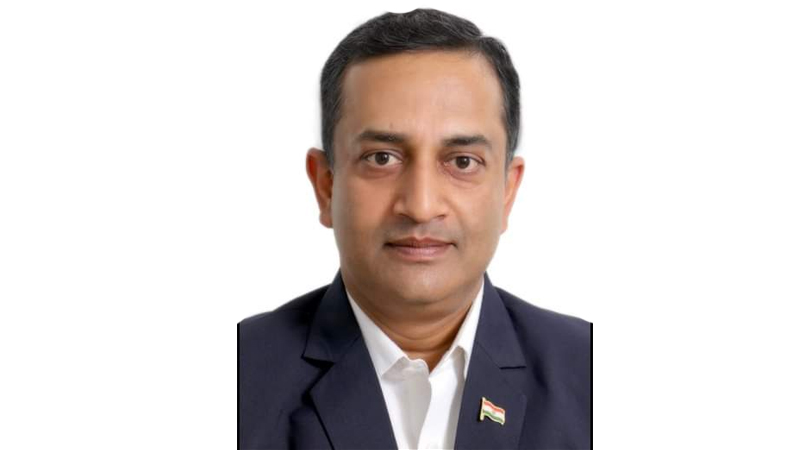Maharashtra Natural Gas Limited (MNGL) has been at the forefront of India’s clean energy revolution since its inception in January 2006. Established as a City Gas Distribution (CGD) company, MNGL operates as a joint venture between two Maharatna Public Sector Undertakings—GAIL (India) Limited and Bharat Petroleum Corporation Limited (BPCL). The Government of Maharashtra, through the Maharashtra Industrial Development Corporation (MIDC), and Indraprastha Gas Limited (IGL) also hold equity stakes, reinforcing MNGL’s strong industry backing.
Authorized by the Petroleum and Natural Gas Regulatory Board (PNGRB), MNGL drives the development, operation, and expansion of CGD projects across multiple regions. MNGL began supplying Compressed Natural Gas (CNG) in 2008, coinciding with India’s first Commonwealth Youth Games. Since then, it has remained committed to providing eco-friendly fuel alternatives. The company offers CNG as a cleaner substitute for petrol and diesel, while also supplying Piped Natural Gas (PNG) to residential, commercial, and industrial consumers.
With over 18 years of expertise, MNGL prioritizes safety and reliability. Its advanced pipeline monitoring systems ensure uninterrupted natural gas delivery to millions. The company has successfully connected more than 9.1 lakh households, establishing natural gas as the preferred cooking fuel for countless families.
MNGL’s mission extends beyond business—it strives to create a greener future by reducing pollution and improving community well-being through sustainable energy solutions.
At India Energy Week 2025, The Interview World engaged in an exclusive conversation with Sarathy M. K., Chief Financial Officer, and Amol Hatti, General Manager (BD), Maharashtra Natural Gas Limited. They shared how MNGL aligns with the Prime Minister’s vision for a net-zero carbon future, strengthens India’s energy ecosystem, and reduces LNG imports. They also discussed the company’s revenue growth, market competitiveness, and sustainability initiatives, while shedding light on its financial and operational efficiency. Most notably, they revealed how MNGL is revolutionizing gas delivery beyond conventional methods by leveraging cutting-edge innovations.
Here are the key takeaways from their insightful discussion.
Q: How is Maharashtra Natural Gas Limited aligning with the Prime Minister’s green energy vision, and what initiatives has your organization undertaken to support India’s net-zero carbon goal by 2070?
Amol Hatti: Maharashtra Natural Gas Limited (MNGL) plays a pivotal role in advancing the Indian government’s energy vision. One of the key national objectives focuses on waste-to-energy initiatives, particularly the promotion of Compressed Biogas (CBG). This aligns with India’s broader energy strategy, given that only 50% of the natural gas used in the City Gas Distribution (CGD) sector is domestically produced, while the rest must be imported.
To reduce import dependency and boost domestic gas production, the government launched the SATAT (Sustainable Alternative Towards Affordable Transportation) scheme, integrating CGD networks with CBG production. MNGL actively contributes to this initiative. In Pune alone, the company has partnered with two CBG plants, off-taking compressed biogas and supplying it to CNG consumers.
MNGL’s commitment extends beyond Maharashtra. In Ramanagara, Karnataka, just outside Bengaluru (recently rebranded as South Bengaluru), MNGL has begun sourcing CBG from a local producer that converts Municipal Solid Waste (MSW) into clean energy. This initiative strengthens sustainable fuel adoption while reducing urban waste.
Beyond CBG, MNGL is also a leader in the government’s LNG Corridor Vision, which aims to develop Liquefied Natural Gas (LNG) as a transportation fuel across India. As a pioneer in this space, MNGL has established Southeast Asia’s largest LNG-LCNG station in Nashik. Despite the absence of a main feeder pipeline, this facility supplies natural gas to households, industries, commercial establishments, and CNG stations across the Nashik GA through an advanced LNG setup.
MNGL has also expanded LNG as a direct transportation fuel for heavy vehicles. The company has partnered with GreenLine Trucks to supply Auto-LNG, installing dedicated Auto-LNG dispensers for seamless fuel distribution. Additionally, MNGL recently achieved a major milestone by commissioning India’s second-largest LNG station at Jhodge Malegaon on the Mumbai-Agra Highway. Launched just days ago, this facility serves Auto-LNG, CNG, industrial, and commercial consumers, reinforcing MNGL’s leadership in LNG infrastructure development.
By integrating innovative gas solutions with government policies, MNGL significantly contributes to India’s energy transition. The company remains committed to supporting the nation’s goal of increasing the share of natural gas in the energy mix from 6% to 15% by 2030—a critical step toward a cleaner, self-reliant energy future.
Q: As a joint venture with GAIL and BPCL, what market share has Maharashtra Natural Gas Limited captured in gas pipelining and distribution, and how does it contribute to India’s larger energy ecosystem?
Amol Hatti: The Petroleum and Natural Gas Regulatory Board (PNGRB) grants authorizations for city gas distribution (CGD) across designated geographical areas. As of the 12th bidding round, nearly every district in India has been licensed, with the exception of island territories like Andaman and Nicobar.
MNGL operates in six geographical areas (GAs), backed by GAIL and BPCL, both of which hold their own authorized territories. In Pune, MNGL has successfully developed a comprehensive gas distribution network, ensuring nearly full infrastructure coverage across the district. Currently, 60–70% of Pune’s authorized area is connected.
Beyond Pune, MNGL has expanded into Nasik, Nanded, Sindhudurg, parts of Telangana (six districts), and Ramanagara (Karnataka). These GAs were recently awarded, and despite pandemic-related delays, MNGL has made significant progress. Given that CGD infrastructure operates on a 25-year development framework, expansion efforts are continuous.
At present, coverage in the newly awarded areas ranges between 15–20%, with rapid development underway. In line with Pune’s success, MNGL is actively working to scale infrastructure in all its territories. As India’s sixth-largest CGD entity, MNGL has already achieved 1.8 million sales and continues to drive market growth and energy accessibility.
Q: How is Maharashtra Natural Gas Limited, in collaboration with GAIL and BPCL, working to indigenize natural gas exploration and reduce India’s reliance on LNG imports?
Amol Hatti: As a city gas distribution player, we operate across the entire value chain, positioning us at the downstream end. Given this, it would not be appropriate for me to directly comment on exploration, which falls under the upstream and midstream segments. However, regarding indigenously produced gas allocated by the Government of India to the city gas sector, approximately 50% of the requirement is being met.
The government actively promotes initiatives like compressed biogas (CBG) and biofuels through its policies. This support is set to grow, especially with plans for over 5,000 CBG plants, which could contribute more than 1 million cubic meters of gas. As demand for domestically produced gas rises, these initiatives will play a crucial role in strengthening supply.
Additionally, GAIL, as a major promoter, has secured long-term agreements with us for gas sourcing, ensuring supply stability and continuity.
Q: What new innovations is MNGL planning to enhance gas delivery to companies and gas stations beyond existing methods?
Amol Hatti: Our delivery network is built on a foundation of safety, efficiency, and technological innovation. To enhance operational efficiency, we have partnered with Heath, a renowned US-based company, to implement a patented technology that detects underground gas leaks using mobile vans. In December 2024, MNGL launched a first-of-its-kind pilot project, which proved highly successful, confirming no major leaks.
Beyond safety, we are driving digital transformation across our operations. All CNG stations are undergoing digitization, enabling remote monitoring and management. This shift enhances efficiency by allowing real-time sales tracking at dispenser locations and maintaining a database of regular customers. Additionally, joint meter readings are now conducted online, streamlining the billing process for faster recoveries.
Our commitment to innovation extends to enterprise resource planning, with an SAP system in place to optimize resource mobilization. We are also rolling out smart metering solutions, with a pilot project currently underway. These initiatives not only improve operational efficiency but also position MNGL for a smarter, more responsive future.
Q: Where do you see MNGL in the next 5–10 years in terms of revenue growth, market competition, and sustainability initiatives within India’s evolving energy sector?
Sarathy M. K.: Over the past five years, we have achieved a robust CAGR of over 27%. However, moving forward, we face significant challenges, particularly in gas availability. With domestic allocations declining, we must increasingly rely on market-based gas procurement.
Despite these hurdles, we remain confident in our revenue growth. From our current turnover of approximately ₹3,500 crore, we anticipate doubling our revenue. However, maintaining margins will be challenging, and some contraction is inevitable. That said, in terms of performance indicators per cubic meter, we are well-positioned to sustain efficiency and deliver strong operational results.
Q: How is MNGL enhancing financial and operational efficiency compared to private firms and PSUs, and what revenue generation strategies are being implemented?
Sarathy M. K.: Revenue growth hinges on innovation, and we are actively adopting new technologies to enhance efficiency. We have already implemented faster filling techniques for our cascades and will gradually extend this capability to retail operations. This transition will also help improve our margins.
To address gas availability challenges, we are aggressively expanding our LNG infrastructure. By commissioning more LNG stations and converting LNG to CNG, we are unlocking new opportunities to increase gas sales. These strategic initiatives drive operational efficiencies, positioning us for sustained growth.

